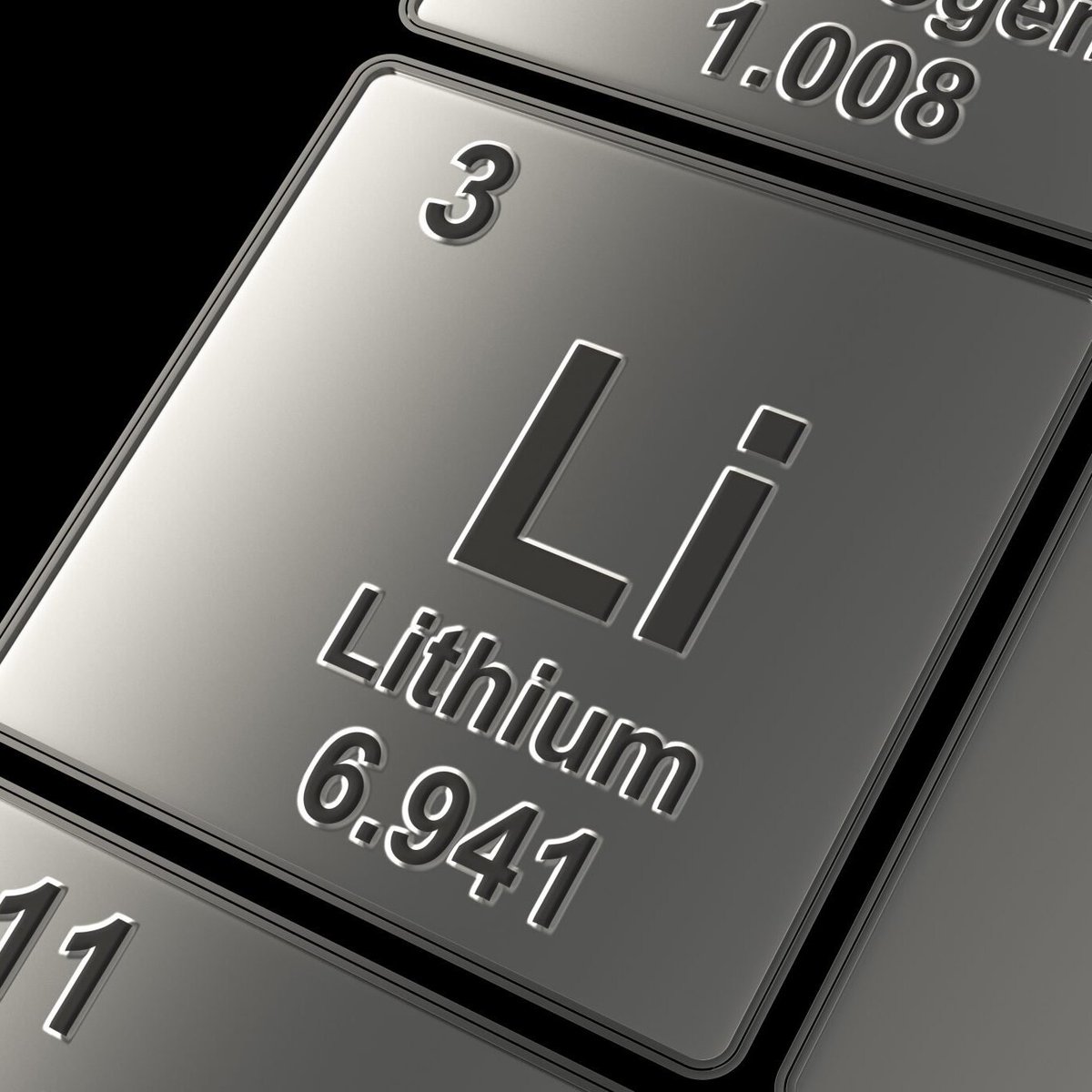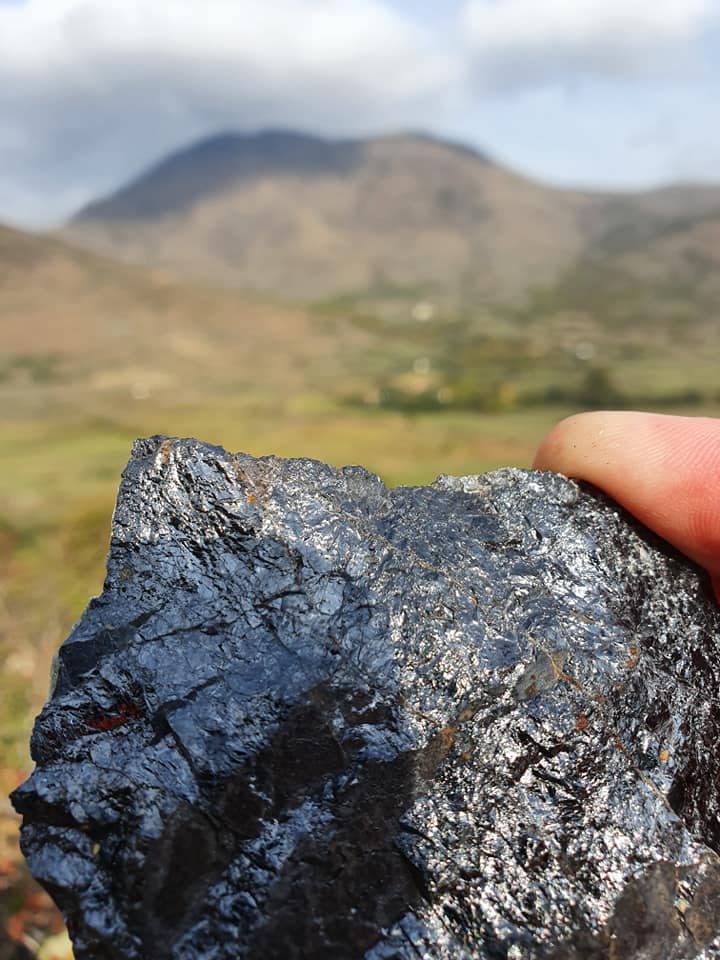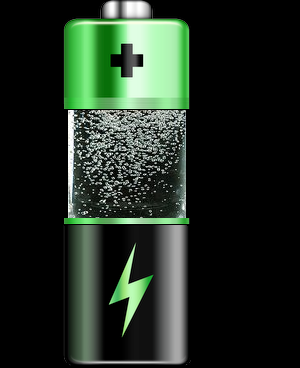The unstoppable green revolution owes much of its success to the pioneering leadership of the mining industry. Essential metals serve as the backbone of this revolution, and among them, lithium stands out as an indispensable building block. With substantial reserves proven and more entering the stream, the fundamentals of this mineral are robust. As a result, the price has stabilized to reflect a fair market value, creating a win-win situation for both miners and users alike.
According to data from the US Geological Survey (USGS) as of January 2023, global lithium reserves stood at 26.0 million tonnes (Mt). The top five countries holding these reserves were Chile, Australia, Argentina, China, and the US, collectively accounting for 21.2 Mt. Canada, Zimbabwe, Brazil, and Portugal followed closely behind in lithium reserves.
Chile boasts the majority of its lithium reserves in the Salar Flat of Atacama, home to some of the world’s richest lithium deposits.
Albanian Minerals CEO Sahit Muja said, “Indeed, lithium is an indispensable mineral with crucial applications across various industries. Here’s why: Lithium-ion batteries serve as the primary energy storage solution for electric vehicles (EVs), consumer electronics, and renewable energy systems like solar and wind power. Their high energy density makes them ideal for efficiently storing large amounts of energy”.
Mr. Muja added; Lithium-ion batteries power the majority of electric vehicles today, contributing to the global transition towards sustainable transportation and reducing reliance on fossil fuels.
Lithium-ion batteries play a vital role in integrating renewable energy sources such as solar and wind into the electrical grid. They store excess energy during peak production periods and release it when needed, ensuring grid stability and reliability.
Lithium batteries are essential components in portable electronic devices like smartphones, laptops, tablets, and wearable technology due to their lightweight nature, high energy density, and long-lasting performance
Lithium batteries power critical medical devices such as pacemakers, defibrillators, hearing aids, and portable medical equipment, providing reliable and long-lasting power sources for essential healthcare applications.
As the world continues to prioritize sustainability and clean energy initiatives, the demand for lithium is expected to remain high, underscoring its indispensable role in shaping the future of various industries and technologies.
In 2023, the global lithium market reached a valuation of USD 8.20 billion, with forecasts by Albanian Minerals indicating a robust compound annual growth rate (CAGR) of 12 percent from 2024 to 2030. The surge is primarily attributed to the accelerating electrification of vehicles, driving the demand for lithium-ion batteries.
The automotive sector, in particular, is poised for significant expansion, fueled by stringent government regulations targeting carbon dioxide emissions from internal combustion engine (ICE) vehicles. This regulatory push has propelled automakers towards electric vehicle (EV) production, thereby amplifying the demand for lithium and its derivatives. Moreover, government subsidies and increased investments in the EV sector are expected to further catalyze market growth.
The International Council on Clean Transportation (ICCT) has released a study addressing the crucial issue of securing a reliable supply of lithium for the United States amid the rising sales of battery electric vehicles (BEVs).
With the increasing demand for BEVs in the U.S., there is a pressing need for sufficient and affordable lithium supply to ensure competitive pricing compared to traditional combustion engine vehicles. The ICCT’s analysis highlights the nation’s promising prospects in meeting this challenge over the next decade by assessing announced lithium supply against projected demand.
According to the report, by 2032, the annual lithium demand from growing U.S. light-duty BEV sales could reach approximately 340 thousand metric tons per annum (ktpa) of lithium carbonate equivalent (LCE), based on potential market growth estimates. However, the ICCT identifies three potential scopes for new lithium supply, which could significantly exceed the projected demand from new U.S. light-duty BEVs through 2032.
The study reveals that numerous lithium mining and refining projects are underway within the U.S. and its trade partners, with expected capacities far surpassing the projected lithium needs for BEVs. The United States alone is anticipated to contribute around 17% of the mining capacity and 27% of the refining capacity, while countries with existing or potential future Free Trade Agreements (FTA) and Critical Mineral Agreements (CMA) partners would also play a significant role.
Moreover, the study analyzes hypothetical price scenarios for key battery materials and projects substantial cost reductions for batteries and BEVs, accelerated by incentives such as the IRA incentives in the United States. These findings demonstrate a clear path to price parity between BEVs and combustion engine vehicles, reinforcing the promising outlook for BEVs and the transition to a more sustainable future.
In conclusion, the ICCT’s study underscores the United States’ favorable position in lithium supply, poised to support the anticipated growth of BEVs while driving continued cost competitiveness and advancements towards a greener transportation landscape.
Sahit Muja said. “Lithium is illuminating a promising future as market size expands, demands skyrocket, and prices align with these conditions. With 25 years of investment, exploration, and promotion in lithium, I am truly enamored by its incredible potential. Endowed by nature’s hand, the fundamentals are firmly in place, making investment in lithium a commitment to future generations”.
Discover more from Green Innovation News
Subscribe to get the latest posts sent to your email.





